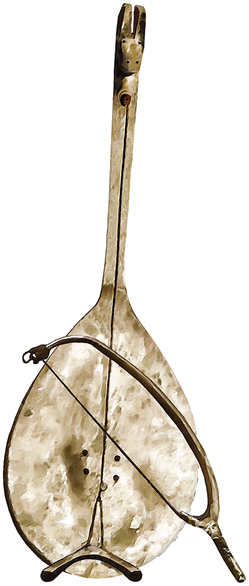The ceremonial song-poetry performed by Arandic people of central Australia is characterized by parallelism of sound, form and meaning in both auditory and visual modalities. Parallelism, in all its manifestations, operates at multiple levels of the hierarchically structured poetic form. In the period Arandic people call the Altyerre, “Dreaming,” ancestral spirit-beings created the land and laid the lore through actions and song. This included the creation of women’s song-poetry called awelye. Awelye is sung in group unison as a series of many short verses that relate to each group’s inherited estate lands, their ancestors, and to the ceremonial performance itself. Actions that mirror the meaning of the verses accompany the singing, such as painting designs on the body, placing a ritual object in the ground, and dancing. This paper considers the role of parallelism in the poetic function of language (Jakobson 1987), and facilitates the merging of the everyday realm with that of the performer’s ancestors, which Stanner so aptly translates as the “everywhen.”
